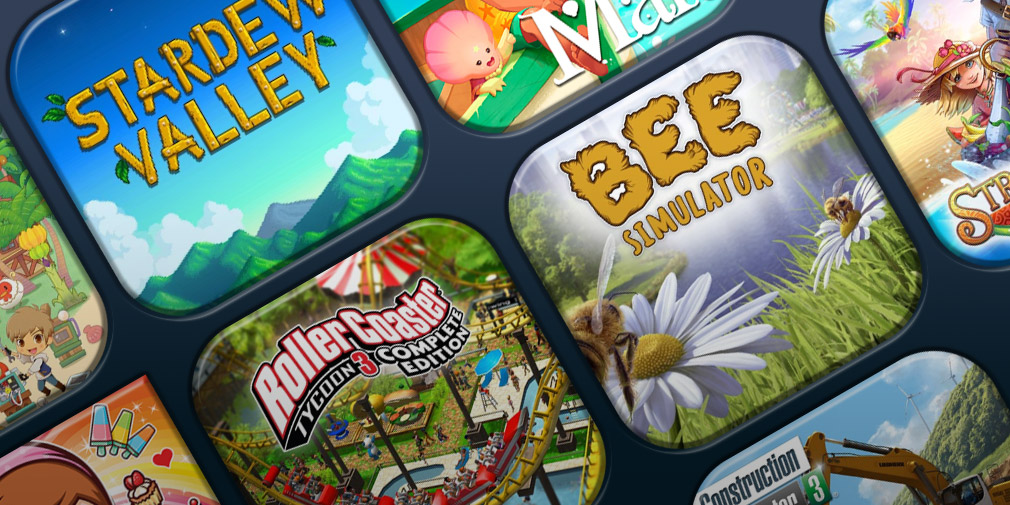Fortnite is a popular online multiplayer game developed by Epic Games, blending battle royale action with creative building mechanics. In the main mode, 100 players drop onto an island and compete to be the last one standing. Players can gather resources, build structures, and use a wide variety of weapons and items. The game features vibrant visuals, regular updates, new skins, limited-time events, and collaborations with famous franchises. In addition to Battle Royale, Fortnite also offers Creative mode, allowing players to build and design their own maps. Its fast-paced gameplay and social features make it a global sensation.
1. The Origins of Fortnite: From Concept to Breakout Success
Fortnite was initially introduced as a cooperative survival game called Save the World. However, it was the launch of the free to play Battle Royale mode in September 2017 that skyrocketed its popularity. The game cleverly blended the intense last player standing gameplay with building mechanics, setting it apart from other battle royales.
Epic Games leveraged Twitch and YouTube influencers early on, which helped Fortnite reach massive audiences quickly. The accessibility across multiple platforms including PC, consoles, and mobile further fueled its explosive growth. What started as a modest project soon became a dominant force in gaming culture.
2. The Fortnite Gameplay Experience: Battle Royale Meets Building
Core Mechanics
At its core, Fortnite Battle Royale pits 100 players on a shrinking island where they fight to be the last one standing. Players scavenge weapons, gather resources, and eliminate opponents while avoiding the deadly storm closing in.
Building – Fortnite’s Signature Feature
Unlike other shooters, Fortnite allows players to build walls, ramps, floors, and roofs instantly. This creative building element adds a unique strategic layer. Players can quickly erect defenses during gunfights or gain height advantage for better shots.
3. Maps and Environments: The Ever Changing Island
The Original Map and Its Evolution
Fortnite’s original island map was a mix of forests, mountains, towns, and lakes. Over time, Epic Games continually updates the map with new points of interest, environmental changes, and seasonal themes, keeping gameplay fresh and unpredictable.
Seasonal Themes and Limited Time Modes
Every few months, Fortnite introduces seasons with unique themes such as superheroes, space exploration, or haunted worlds. Alongside, limited time modes offer alternative rules or gameplay twists to keep the player base engaged.
4. Fortnite’s Building System: Strategy and Skill
Building quickly and efficiently is vital to success. Skilled players use building not just defensively but offensively, trapping opponents or creating complex structures during fights.
Tips for Mastering Building
-
Practice fast placement of walls and ramps to block incoming fire
-
Learn to edit structures quickly to create new sight lines
-
Combine building with weapon use for maximum effect
Common Building Strategies
-
High ground control: Using builds to gain height advantage
-
Box fighting: Creating enclosed spaces to control enemy movement
5. Weapons and Items: Arsenal Variety and Balance
Weapon Classes
Fortnite offers a wide variety of weapons from assault rifles, shotguns, snipers, pistols to explosives. Each weapon suits different playstyles and situations, encouraging versatility.
Healing and Utility Items
Healing items like shields and medkits help players survive longer. Utility items such as launch pads or traps add extra tactical options.
Weapon Rarity and Impact
Weapons come in different rarity tiers – common, uncommon, rare, epic, and legendary – affecting damage and accuracy. This system creates excitement around looting and strategy around gear upgrades.
6. Competitive Fortnite: Esports and Tournaments
Rise of Fortnite Esports
Fortnite rapidly became an esports staple with events like the Fortnite World Cup offering millions in prize money. The combination of shooting skill and building mastery rewards players who practice extensively.
Team Modes and Solo Competition
Competitive Fortnite includes solo, duo, and squad tournaments. Teams coordinate building and positioning to outsmart rivals, adding a collaborative layer to gameplay.
7. Community and Social Features: More Than a Game
In-Game Social Interaction
Fortnite allows players to team up with friends cross platform. Voice chat, emotes, and dance moves enhance social engagement beyond combat.
Collaborations and Crossovers
Epic Games consistently partners with pop culture brands. From Marvel superheroes to musicians and film franchises, Fortnite’s crossovers keep content exciting and bring diverse audiences together.
8. Fortnite Creative and Beyond: Expanding the Experience
Creative Mode
Creative mode allows players to design their own maps and game modes using Fortnite’s assets. This fosters a vibrant creator community making unique mini games and experiences.
Save the World and Other Modes
Although overshadowed by Battle Royale, Save the World still offers cooperative PvE missions. Epic continues supporting it alongside evolving Battle Royale features.
Conclusion
Fortnite is a groundbreaking game that has redefined the battle royale genre through its unique combination of shooting, building, and continuous evolution. Whether you are a casual player seeking fun or a competitive gamer aiming for the top, Fortnite offers a dynamic and engaging experience. Its rich content, active community, and innovative gameplay mechanics ensure it will stay relevant and exciting for the foreseeable future. Mastering Fortnite requires practice, strategy, and creativity, but the rewards include intense fun and a place in one of gaming’s biggest phenomena.































